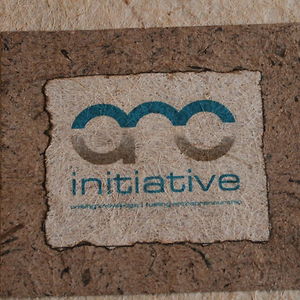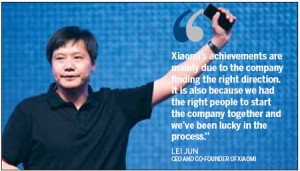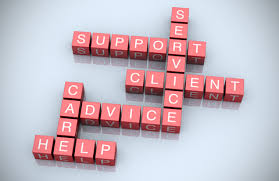One of my favourite classes in Commerce 101 was the discussion on “People, Culture and Teams”. It was amazing to discover how taking time to create a set of values that represent the corporation could maximize employees’ behaviour at such a big extent that workers are motivated to do their jobs for no money at all. And even more impressive to understand the responsibility that managers have on completing this task.

Organizational Culture is an extremely important component of a successful firm since it shows the people in it the path to go over and how to do it.
In this sense, it is possible to understand that a firm, corporation or organization cannot move in relation to the manager and sub-managers constant instructions, but that its employees feelings, thoughts and beliefs as well as these forces’ outputs such as the behavior and habits should be built based on the atmosphere in the corporation. This atmosphere (the organizational culture) is to be equally distributed among all workers, managers and leaders; this due to the importance of not only knowing what to achieve (maximize profit) but also the great relevance of being conscious on HOW to get there.

It is always a good time to reconsider the ways that a firm is using to achieve its goals. Although it might be hard to change the culture within the enterprise, the greater satisfaction in clients and employees is worth it.
The means by which each firm works towards its goals should be strictly tied to what the company stands for and, the people is what ultimately builds any company. Therefore, the time spent in creating an organizational culture is time spent in creating the organization and workers an identity that will allow people to aim for shared goals, have an established path and not to rely on what they are constantly told to do but to rely on that internalized motivation of the organizational culture. Cause at the end just like Aristotle said: “We are what we repeatedly do” and this applies for sure to companies as well.









